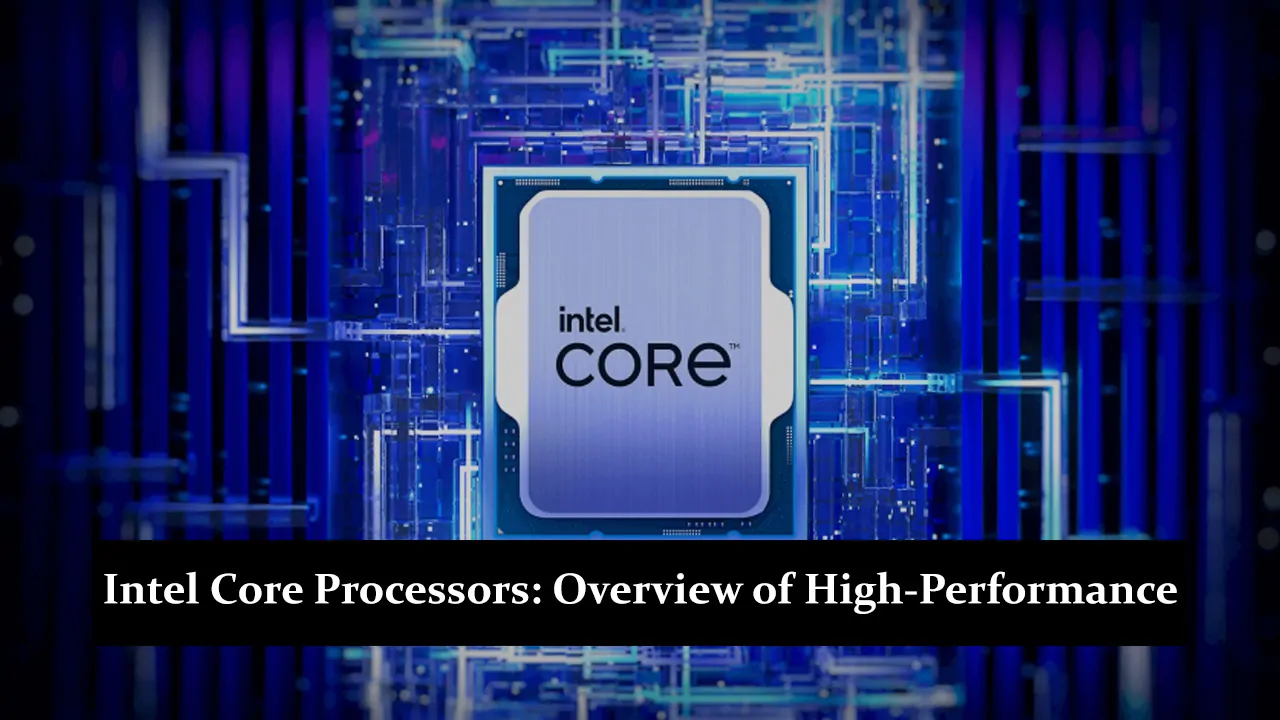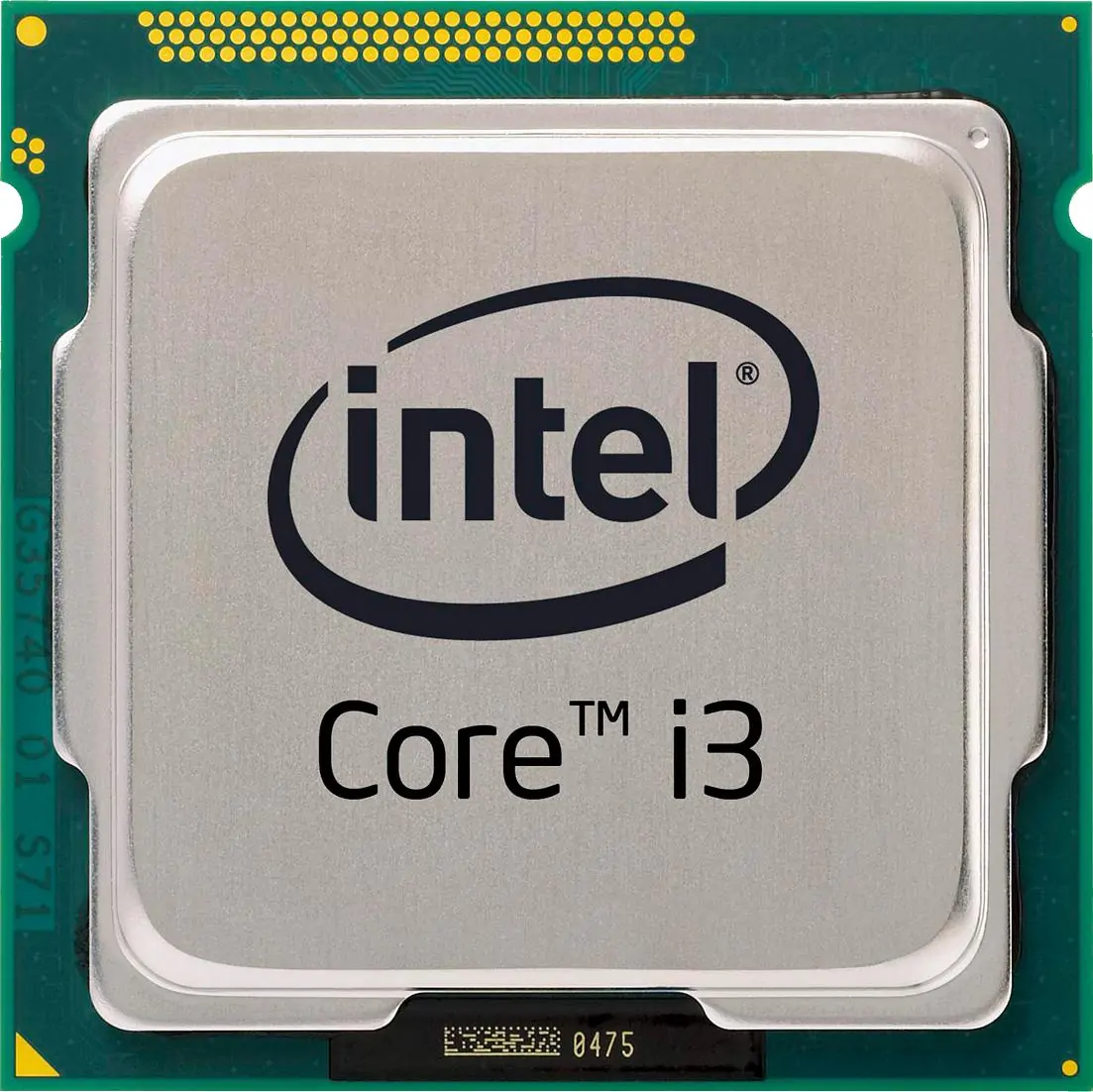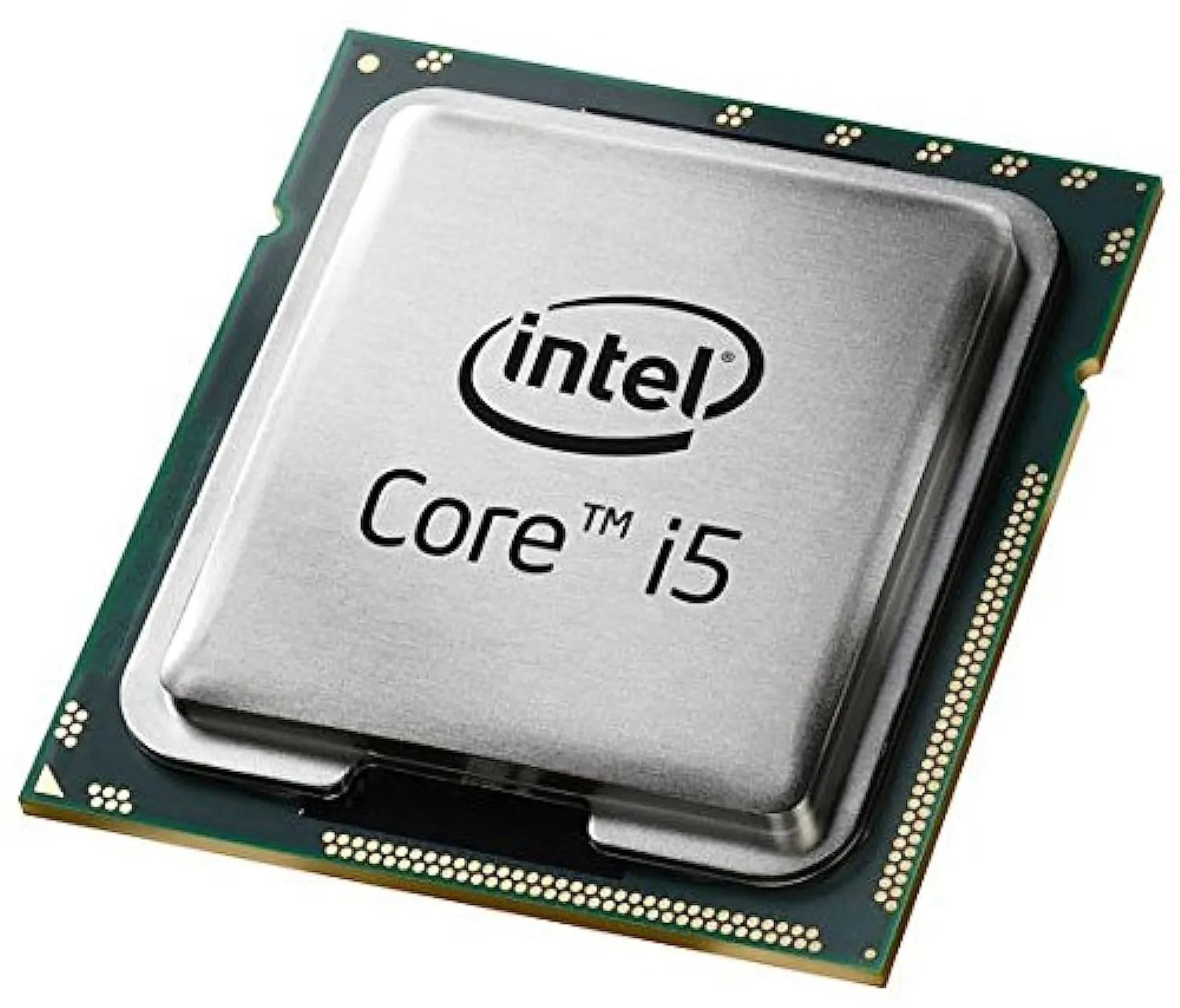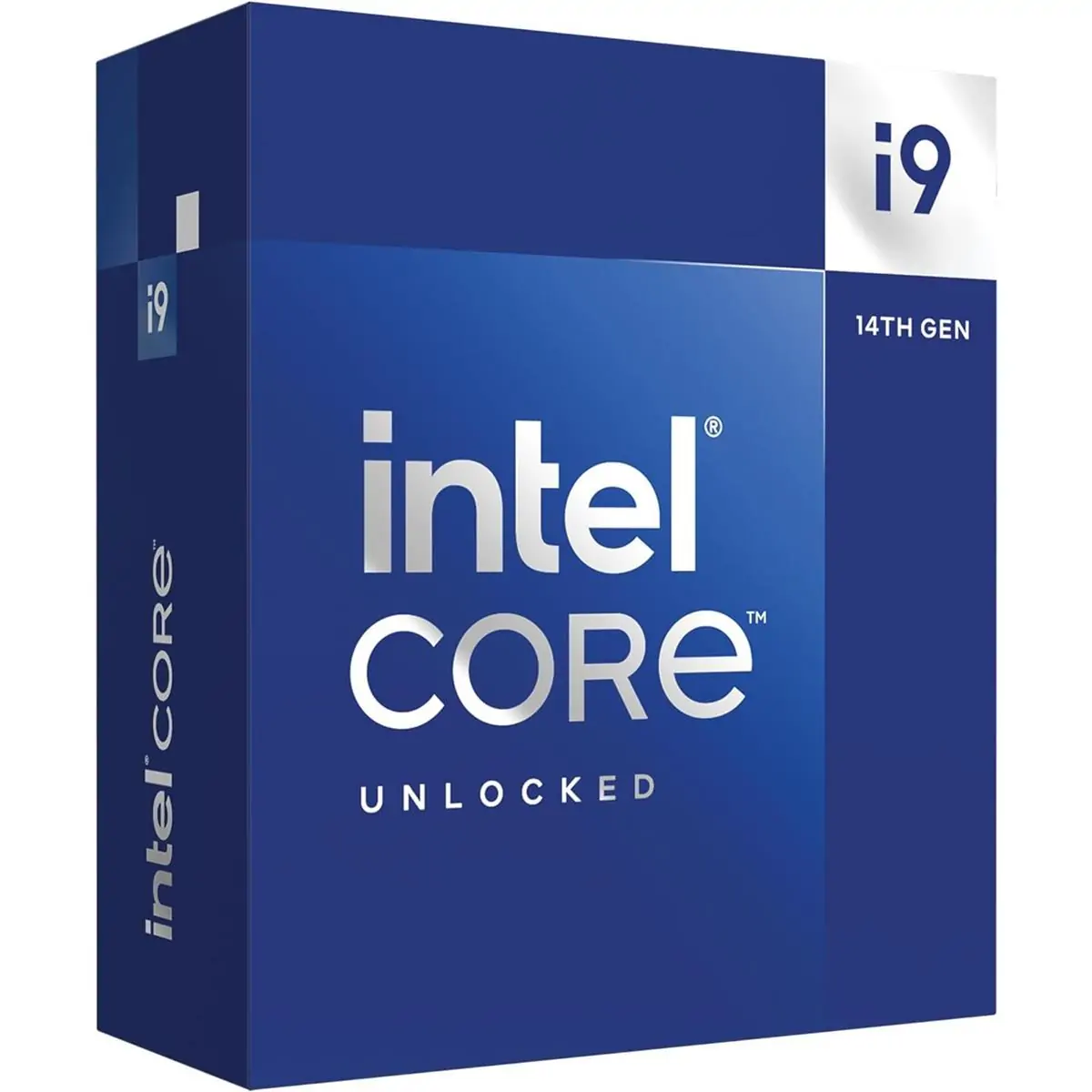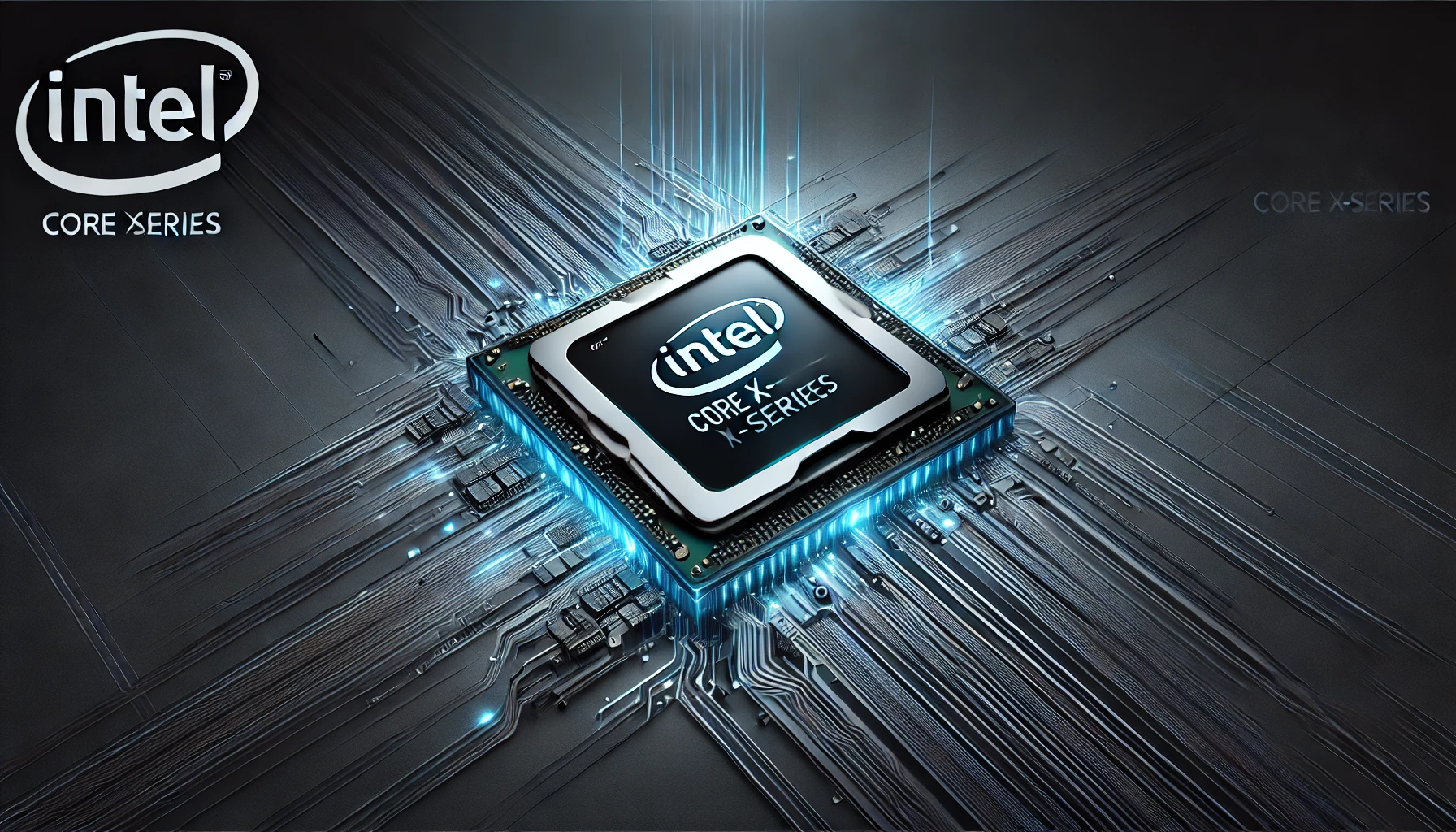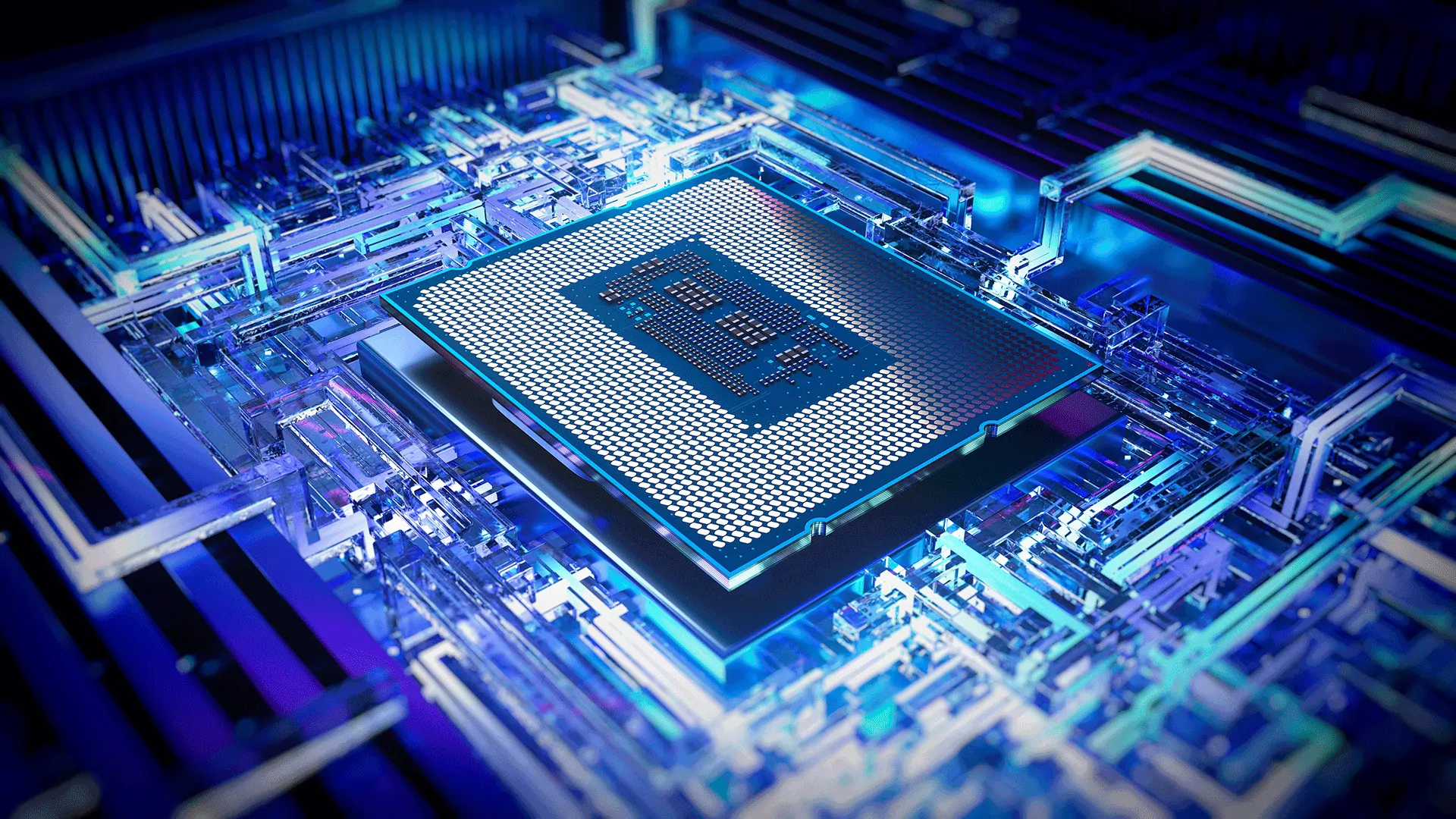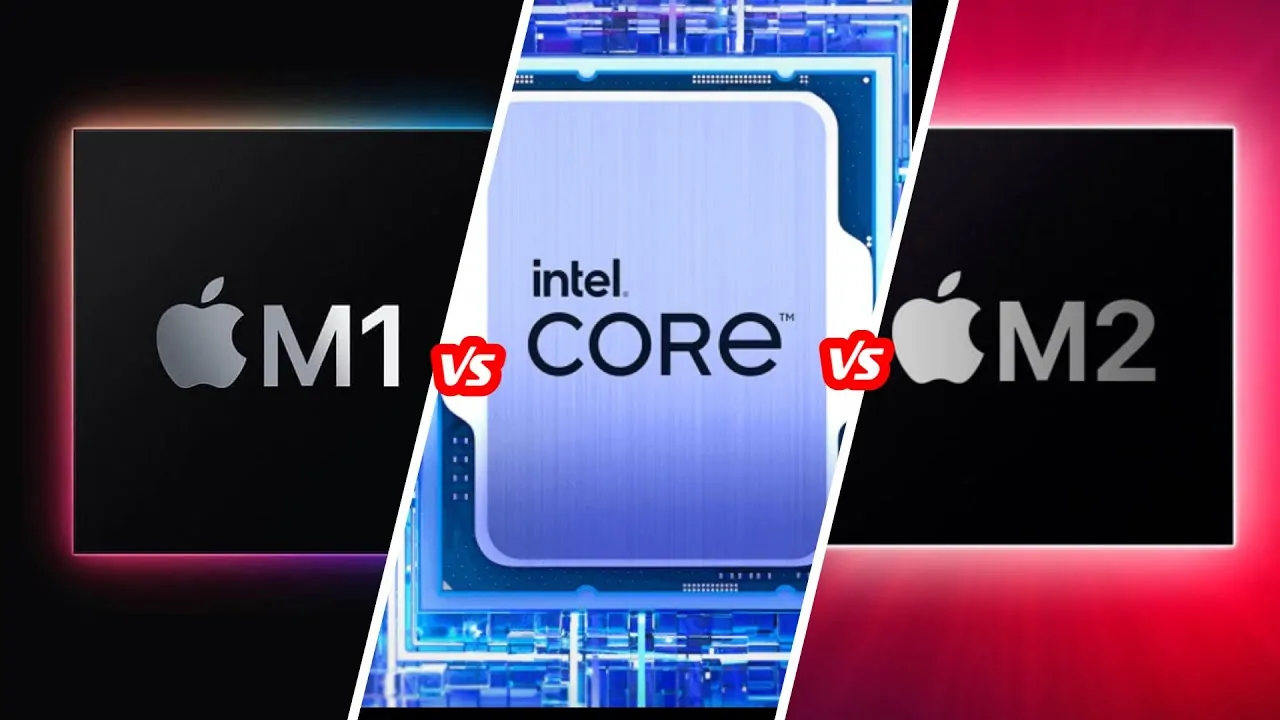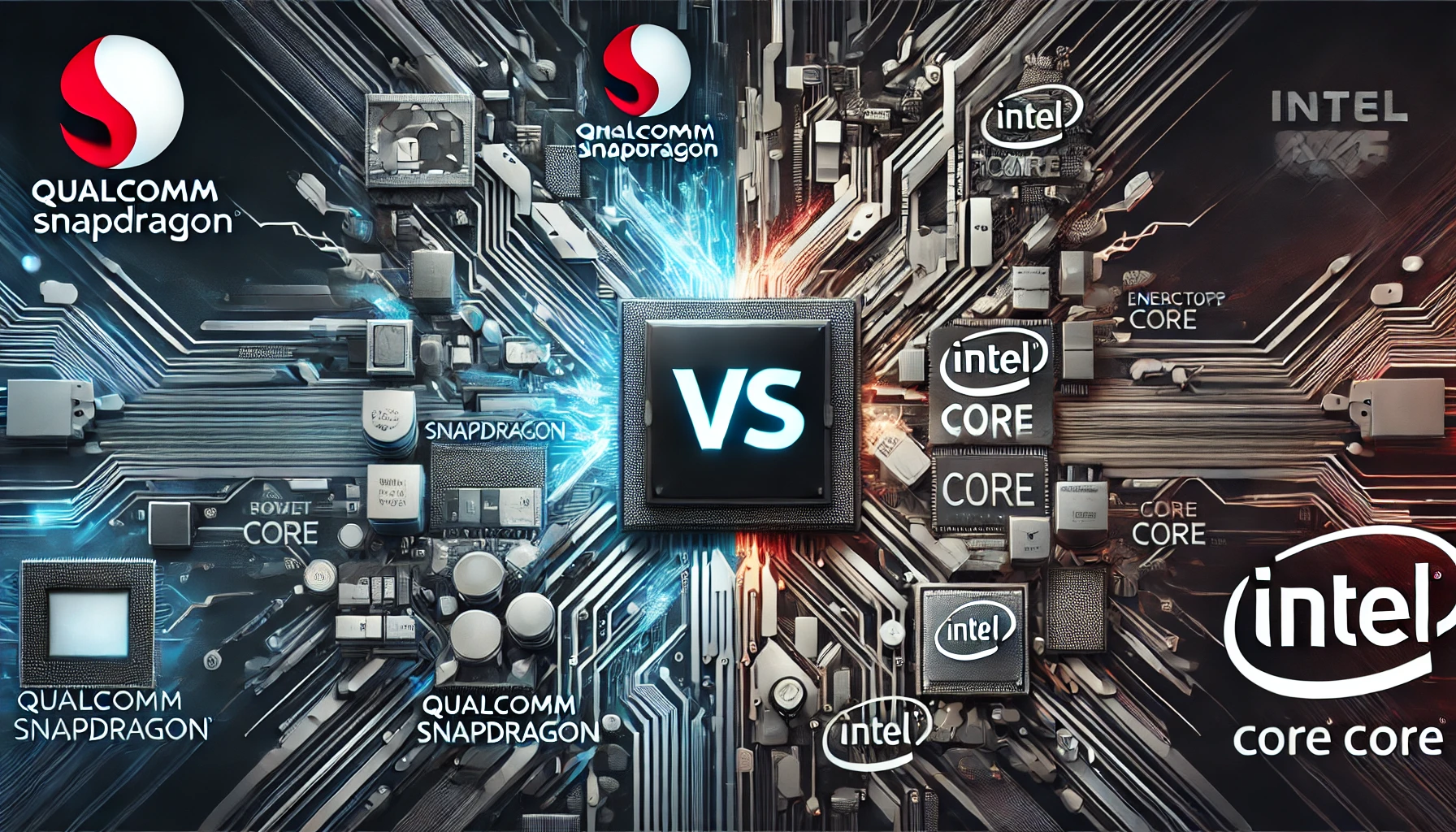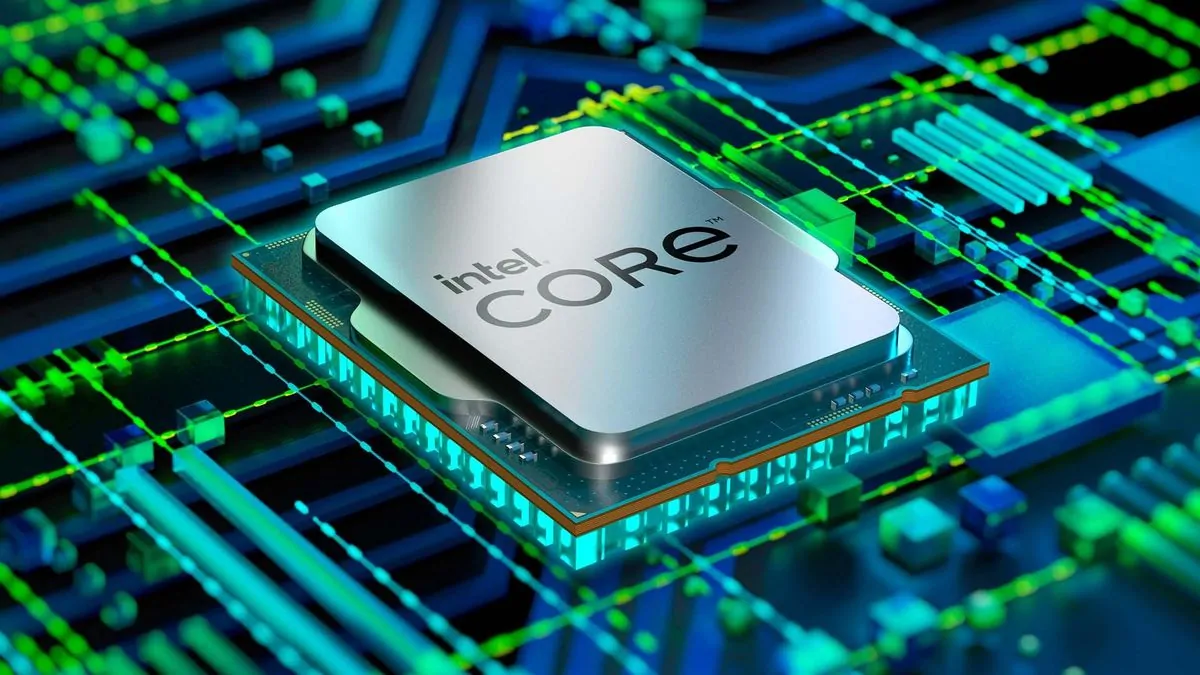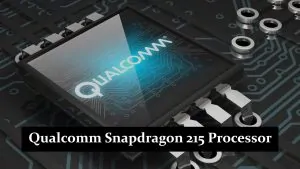Intel Core processors are a series of high-performance CPUs that have become a cornerstone in the computing world, powering many devices, from desktops to laptops. Known for their speed, efficiency, and advanced features, these processors drive technological innovation. This blog aims to provide an overview of Intel Core processors, exploring their key features, various versions, and their significant impact on the evolution of modern computing.
Versions of Intel Core Processors
Intel Core i3
Released in 2010, the Intel Core i3 was introduced as an entry-level processor designed for basic computing tasks. It is commonly used in budget-friendly laptops and desktops, efficiently handling web browsing, word processing, and light gaming. Despite its affordability, it offers decent performance for everyday use. The Core i3 is ideal for users who need a reliable processor for routine tasks without requiring high-end capabilities.
Intel Core i5
Launched in 2015, the Intel Core i5 is a mid-range processor that balances performance and cost. It is well-suited for more demanding tasks such as multitasking, moderate gaming, and running productivity applications. The Core i5 is popular among users who need a versatile processor for both work and entertainment. It offers a significant step up in performance compared to the Core i3, making it a solid choice for most users.
Intel Core i7
The Intel Core i7 is a high-performance processor released in 2015 aimed at fans and professionals. It excels in tasks that require substantial processing power, such as heavy multitasking, video editing, and high-end gaming. The Core i7 is designed for users who need top-tier performance and reliability for complex applications. Its advanced features and higher core count make it a favourite among power users.
Intel Core i9
Introduced in 2017, the Intel Core i9 represents the pinnacle of Intel’s consumer processor lineup. It delivers extreme performance for the most demanding computing tasks, such as content creation, 3D rendering, and gaming at ultra-settings. The Core i9 is designed for users who require the best possible performance for intensive applications. It stands out for its high core and thread count, making it ideal for professionals.
Intel Core X-Series
The Intel Core X-Series, released in 2017, is engineered for extreme workstations and professionals who need maximum computing power. It is for tasks like scientific simulations, extensive video production, and other highly complex workloads. The X-Series processors offer unmatched performance, advanced features, and high core counts catering to the most demanding users. They are the top choice for professionals requiring unparalleled processing capabilities.
Understanding Intel Core Processor Nomenclature
The Intel Core series includes the i3, i5, i7, and i9 models, each offering varying performance levels, cores, and threads tailored for different use cases. The Core i3 is designed for basic tasks, the i5 for balanced performance, the i7 for high-performance needs, and the i9 for extreme computing power.
In addition to these core models, Intel uses suffixes to indicate specific features: “U” signifies ultra-low power, ideal for thin and light laptops; “H” indicates high-performance graphics, typically found in gaming and workstation laptops; and “K” denotes processors that are unlocked for overclocking, allowing users to push their systems beyond the standard limits for increased performance. These suffixes help users identify the processor’s capabilities and intended application, ensuring they choose the right model.
Key Features of Intel Core Processors
Performance
Intel Core processors are known for their impressive performance, driven by high clock speeds and Turbo Boost technology, which dynamically increases the processor’s speed during demanding tasks. With multicore technology and hyper-threading, these processors efficiently handle multiple tasks simultaneously, enhancing overall system responsiveness and productivity.
Integrated Graphics
Intel Core processors come with integrated graphics, such as Intel UHD and Iris Xe graphics, which provide solid visual performance without needing a dedicated graphics card. Iris Xe, in particular, offers enhanced graphics capabilities, making it suitable for light gaming, video editing, and other graphically demanding tasks.
Power Efficiency
Intel Core processors are designed with energy efficiency in mind, balancing high performance with low energy consumption. Their thermal design power (TDP) ensures that they operate within safe temperature ranges, reducing the need for excessive cooling and prolonging the device’s lifespan.
Security Features
Intel Core processors include advanced security features like Intel Hardware Shield, which protects against firmware attacks, and Intel SGX (Software Guard Extensions), which secures sensitive data by isolating it from the rest of the system. These features help safeguard users against various cybersecurity threats.
Connectivity
Intel Core processors support cutting-edge connectivity technologies, including Thunderbolt, which offers high-speed data transfer and versatile connectivity options. Additionally, they support Wi-Fi 6/6E, the latest wireless standards, ensuring faster and more reliable internet connections, ideal for modern high-bandwidth applications.
Comparing Intel Core Processors with Competitors
AMD Ryzen
When comparing Intel Core processors with AMD Ryzen, performance often refers to specific use cases. AMD Ryzen processors, particularly in their latest generations, have made significant strides in multicore performance, making them strong competitors in content creation and multitasking tasks. Intel Core processors typically offer slightly better single-core performance in gaming, which can translate to higher frame rates. Market-wise, AMD Ryzen is positioned as a strong alternative, particularly for users who need more cores at competitive prices, making them ideal for productivity and creative applications.
Apple M1/M2
The Apple M1 and M2 processors differ significantly from Intel Core processors in terms of architecture, as they are based on ARM technology rather than x86. This architecture allows for exceptional power efficiency and integration with Apple’s ecosystem, leading to impressive performance, especially in tasks optimised for the M1/M2 chips. While Intel Core processors are still prevalent in Windows and Linux-based systems, the M1/M2 chips offer a seamless experience for Mac users, particularly in areas like battery life and thermal efficiency.
Qualcomm Snapdragon (for laptops)
Qualcomm Snapdragon processors, designed for laptops, focus heavily on power efficiency, leveraging their ARM-based architecture. Snapdragon chips offer excellent battery life and always-on connectivity compared to Intel Core processors, making them ideal for mobile computing. However, regarding raw performance, especially for demanding tasks like video editing or gaming, Intel Core processors generally hold an advantage. Snapdragon is better suited for lightweight laptops and users prioritising portability and battery life over maximum computing power.
Use Cases for Intel Core Processors
Home and Office Use
- Intel Core i3 is ideal for basic tasks like web browsing, word processing, and streaming media.
- The Intel Core i5 is perfect for more demanding office tasks like multitasking, spreadsheet management, and light photo editing.
- Both i3 and i5 processors provide a good balance of performance and affordability for everyday computing needs.
Gaming
- Gamers prefer Intel Core i7 and i9 processors for their high clock speeds and strong single-core performance, essential for smooth gameplay.
- The additional cores and threads in i7 and i9 processors improve performance in modern, resource-intensive games.
- Integrated graphics (like Intel Iris Xe) are sufficient for light gaming, but dedicated GPUs paired with i7 or i9 processors offer superior gaming experiences.
Content Creation
- Higher cores and threads in Intel Core i7 and i9 processors significantly benefit video editing, 3D rendering, and other creative tasks.
- These processors handle large files and complex projects more efficiently, reducing rendering times and improving workflow speed.
- Content creators benefit from the multitasking capabilities, allowing them to run multiple software applications simultaneously.
Professional Workstations
- Intel Xeon processors are typically used in professional workstations. They offer even more cores and higher reliability for mission-critical tasks.
- High-end Intel Core processors (like the i9 and X-Series) are also favoured in professional environments where performance is crucial.
- These processors are ideal for complex simulations, extensive data analysis, and other demanding professional applications.
Challenges Faced by Intel Core Processors
Market Competition
- Intel faces aggressive competition from AMD, which has gained market share with its Ryzen processors known for strong multicore performance and value.
- Apple’s transition to its own ARM-based M1 and M2 chips has also challenged Intel, particularly in the premium laptop segment, where Apple’s processors offer superior power efficiency and integration.
- This competition has forced Intel to innovate rapidly and adjust pricing strategies to maintain its position in the market.
Production and Supply Chain
- Global chip shortages have significantly impacted Intel’s ability to meet demand, leading to availability issues and product release delays.
- The complexity of the semiconductor supply chain, combined with the high demand for chips across various industries, has put pressure on Intel to manage production more efficiently.
- These challenges have also affected Intel’s ability to scale production for new technologies and keep up with competitors.
Technological Limitations
- As Intel continues pushing silicon-based technology’s limits, issues such as heat generation and power consumption become more pronounced, especially in high-performance processors.
- The physical limitations of silicon are approaching, making it increasingly challenging to continue the trend of performance improvements with each new generation of processors.
- Intel invests in research and development to overcome these challenges, including exploring new materials and architectures for future processors.
Conclusion
Intel Core processors have significantly shaped the computing world, offering a range of options to suit various needs, from basic tasks to high-performance computing. Their impact is evident in mobile and desktop processors, providing users with reliable and powerful solutions. When choosing the right Intel Core processor, you must consider your needs for everyday use, gaming, or professional work. Staying informed about future developments in processor technology will help you make the best decisions for your computing requirements.
